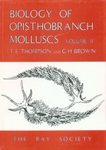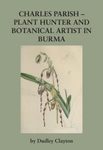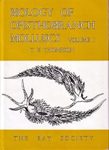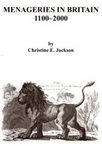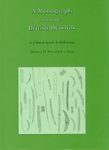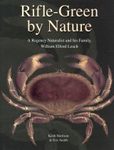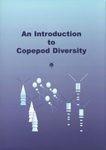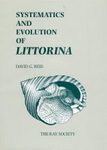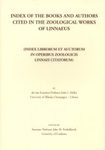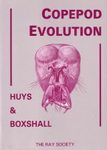Monograph
By: Leonard Jenyns(Author), Richard C Preece(Editor), Tim H Sparks(Editor)
226 pages, colour & b/w photos, colour & b/w illustrations, tables
![Fauna Cantabrigiensis Fauna Cantabrigiensis]()
Click to have a closer look
About this book
Customer reviews
Related titles
About this book
The Rev. Leonard Jenyns (later Leonard Blomefield) was an important 19thcentury naturalist. A brief biography included here explains how he and his brother-in-law J.S. Henslow were each offered the position of naturalist on HMSBeaglebefore they both declined in favour of their friend Charles Darwin. All three made natural history observations in Cambridgeshire and collected local specimens, many of which were donated to the museum of the Cambridge Philosophical Society, later to form the basis of the University Museum of Zoology in Cambridge. Jenyns, together with Henslow, originally intended to publish these observations but both men left the county before the project was finished. However, Jenyns included these observations in a hand-written manuscript he completed in 1869 entitled 'Contributions towards a Fauna Cantabrigiensis'. The text of that manuscript is reproduced here in full for the first time, together with modern commentaries updating the nomenclature and putting the observations made between c. 1820 and 1849 into an historical perspective. Some of the important specimens mentioned by Jenyns are also illustrated. Fauna Cantabrigiensis deals with vertebrates (mammals, birds, reptiles, amphibians and fishes) and molluscs, the only invertebrate group covered in the manuscript. Jenyns reported that Red Squirrels were "Common in some of the more wooded parts of the County", that Wrynecks were "Common in the spring", and that Burbot were "Common in the Cam, and in the navigable cuts communicating with that river", demonstrating that the situation in the first half of the 19thcentury differed radically from that of the present day.
In the final section of the present volume, changes in the character of the Cambridgeshire landscape as the result of fenland drainage, enclosure and intensification of farming are described. The effects on the fauna of these changes, which occurred before, during and after the period covered by the Jenyns manuscript, are reviewed. Jenyns also made detailed meteorological observations, as well as records of the timing of certain 'Periodic Phenomena', such as the arrival and departure dates of migratory birds. These meteorological and phenological observations are compared with the current local situation.
Fauna Cantabrigiensis deals only with Cambridgeshire but the picture that emerges can be regarded as a microcosm of the situation in other counties in south-east England for which far less information exists from this early period.
Customer Reviews
Monograph
By: Leonard Jenyns(Author), Richard C Preece(Editor), Tim H Sparks(Editor)
226 pages, colour & b/w photos, colour & b/w illustrations, tables


















